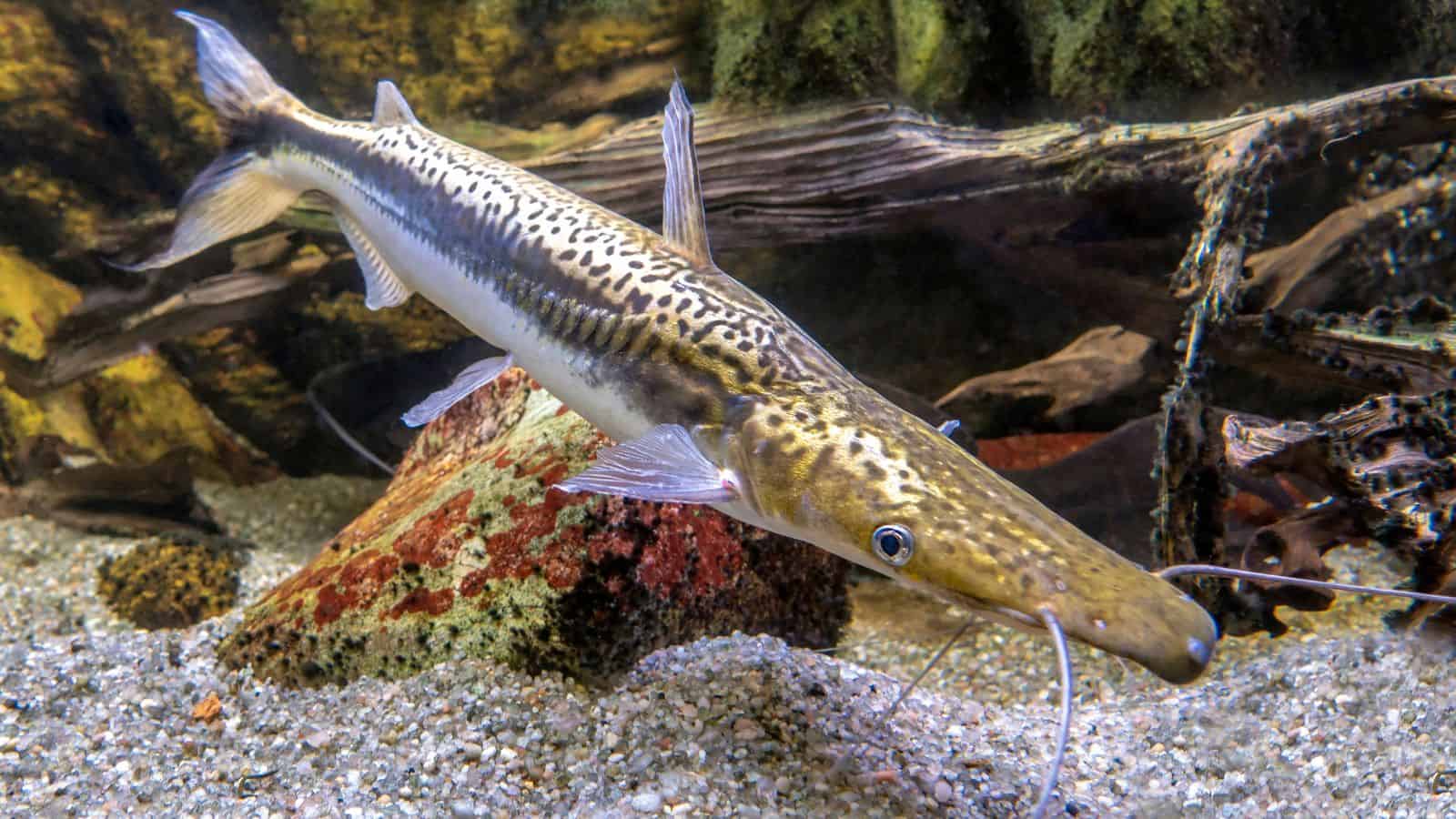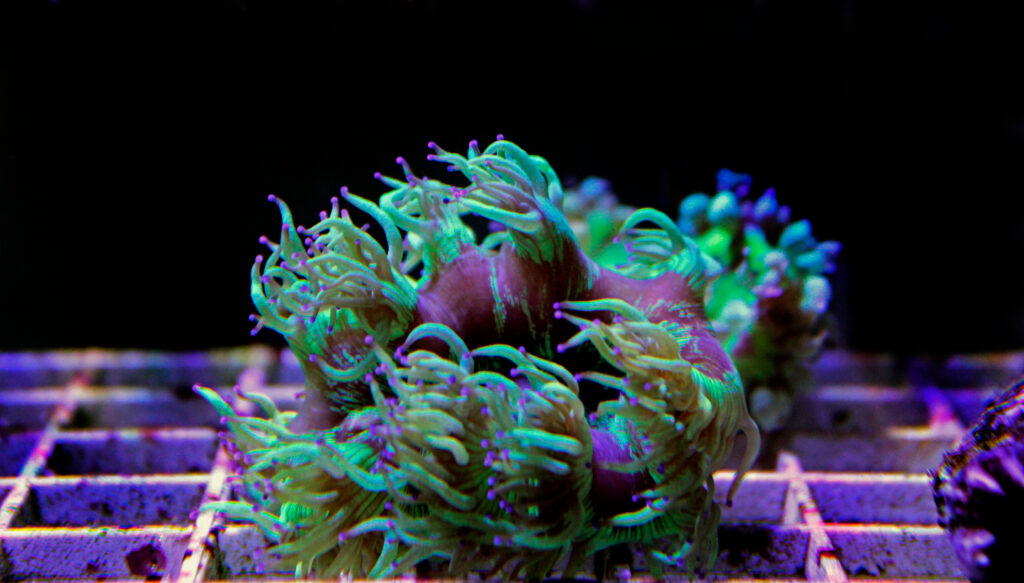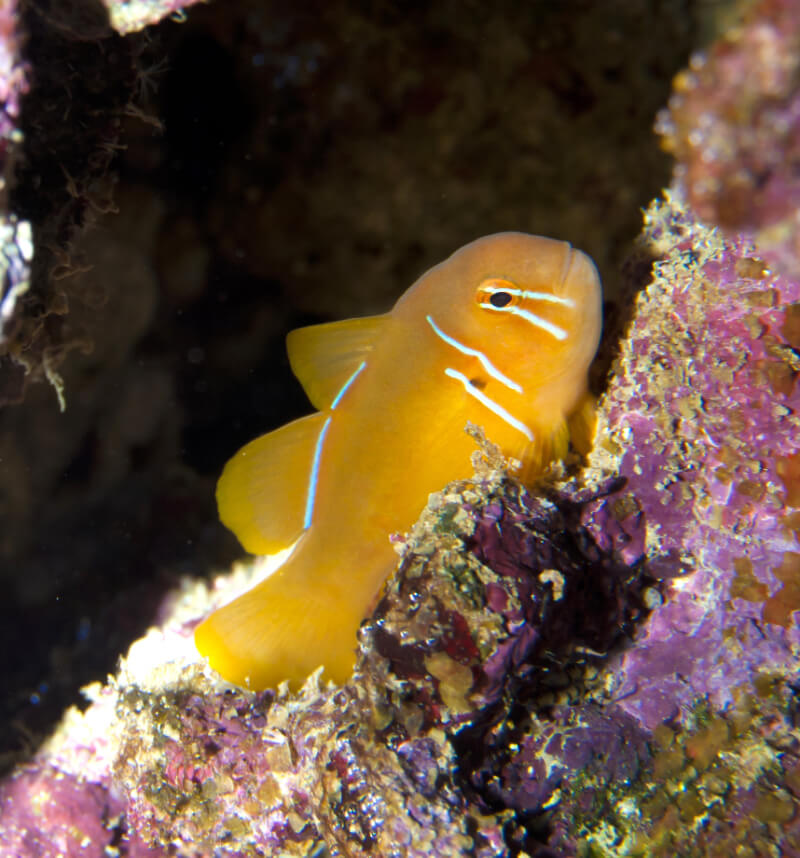The Tiger Shovelnose catfish is a large freshwater fish with a unique look many fishkeepers fall for.
But are these fish suitable for beginners, and will one thrive in a tank environment?
There’s so much you need to know before you buy a Tiger Shovelnose catfish, so we’ve compiled this comprehensive guide to the species and its care.
Keep reading to learn everything you need to know about caring for a Tiger Shovelnose catfish!
The Tiger Shovelnose Catfish – At a Glance
| Tiger Shovelnose Catfish Info | |
|---|---|
| Scientific Name | Pseudoplatystoma fasciatum |
| Common Name (species) | Tiger Shovelnose catfish |
| Family | Pimelodidae |
| Origin | South America, including the Magdelana, Amazon, and Suriname rivers |
| Diet | Omnivore |
| Care Level | Intermediate |
| Lifespan | Up to 25 years in captivity |
| Temperament | Aggressive |
| Minimum Tank Size | 180 gallons |
| Temperature Range | Water temperature: 75°F to 82°F |
| pH Range | pH 6.0 to 8.0 |
| Water hardness | 6 to 20 dKH |
| Filtration/Flow Rate | Prefers fast-flowing water |
| Water type | Freshwater |
| Breeding | Extremely challenging due to their size, but can be raised in large ponds |
Origins and Natural Habitat
The Tiger Shovelnose catfish is found in the waters of South America, specifically the Amazon, Magdalena, and Suriname rivers.
These large fish prefer the deepest water in large rivers where they have ample swimming space and fertile hunting grounds, and they’re often found in flooded forests. Thanks to the overhead rainforest canopy, these areas tend to be heavily vegetated and dimly lit.
These omnivorous hunters use their barbels to negotiate the murky waters they live in and find prey. But these formidable hunters are also popular targets for local fishermen for their tasty flesh and large size.
Shovelnose Catfish Lifespan
These impressive fish can live for 18 to 25 years, although life expectancy is influenced by genetics and the quality of care they receive in the captive environment.
However, when provided with the right environment and good care, it’s quite usual for a captive Shovelnose catfish to live to the upper limit of its lifespan.
Appearance
Shovelnose catfish have a remarkable appearance that you won’t forget! These impressive creatures have wide, long, flat shovel-like mouths, hence their common name. Long barbels at the front of the mouth enable the fish to find their way around in poor visibility and locate food.
The Tiger Shovelnose catfish has backward-fanning, shell-shaped dorsal fins, forked caudals, and small anal and pectoral fins, all of which have a distinctive lack spotted pattern.
This variety of Shovelnose catfish gets its name from the black stripes that run vertically from the front to the back of its body, and it has black spots randomly scattered across the pattern.
Size
In captivity, Tiger Shovelnose catfish can reach around 2.5 to 3 feet in length. They can grow larger in the wild, although they rarely exceed 4 feet long.
These fish are pretty quick to grow regardless of how much you feed them or the size of their tank. That’s important to know so you don’t end up getting a big surprise when your baby Shovelnose suddenly gets huge!
Tiger Shovelnose Catfish Care Guide
So far, so good! But before you dash out to buy one of these monster catfish, you need to know how to care for one.
Keep reading to learn everything you need to know about caring for a Tiger Shovelnose catfish.
Tank Size
These are huge fish, and they must have a large tank with plenty of swimming space to thrive. Remember that the small specimen you take home from the fish store will rapidly grow into a 3-foot adult! Ideally, you want at least a 200-gallon tank for a juvenile Tiger Shovelnose catfish and 250 gallons plus for an adult.
If you can’t provide and maintain a tank of that size or keep a garden pond, these are not the right fish for you. When the Tiger Shovelnose catfish is kept in cramped conditions, it will become stressed, undoubtedly shortening this magnificent creature’s lifespan.
Water Parameters
Tiger Shovelnose catfish are extremely hardy and can tolerate a wide range of water conditions. However, like most fish species, they do best if the conditions are kept constant and close to their preferred parameters.
The water temperature should be between 75°F and 82°F, with pH levels of 6.0 to 8.0 and a water hardness of 6 to 20 dKH.
Check the water parameters every week using a reliable aquarium testing kit to be sure the water chemistry is correct, and make any necessary adjustments before problems start.
To prevent a build-up of harmful nitrates, perform regular water changes, use an aquarium vacuum cleaner to get rid of uneaten food, fish waste, and dead plant matter, and clean your filter media regularly.
Tank Decoration
As with all fish species, Tiger Shovelnose catfish do best when kept in an environment that closely mimics their natural habitat. That’s especially important with this species, as they can become aggressive and stressed if kept in a tank devoid of any kind of decoration.
The best tank decoration for Tiger Shovelnose catfish is a mixture of large rocks, driftwood, and plants. Pretty much any plant species is fine for this fish, but water wisteria and hornwort work particularly well.
Lighting
When it comes to lighting, these fish live in a dimly lit, shadowy habitat in their wild environment, so you want to replicate that in your aquarium. The easiest way to do that is by using floating plants and dense clumps of vegetation rather than spending out on a fancy lighting rig that has a dimmer function.
Water Flow Rate
Tiger Shovelnose catfish typically live in very deep rivers that have a decent current, so you’ll want to use a filtration system that generates a fair amount of flow. Of course, these large fish produce lots of waste, and your filter pump must be powerful enough to cope with that.
Tank Mates
Since these fish can be somewhat aggressive in certain circumstances, choosing the right blend of tank mates is essential.
First, these are large fish and might be tempted to eat smaller fish. So, any species you choose as tank mates must be large enough not to be considered a target or be able to defend themselves if necessary. Clearly, that’s going to affect the size of the tank you choose. Feisty, territorial fish won’t be a good fit, as the Shovelnose will defend itself when necessary, and fights will only finish up with injuries and stress, probably leading to outbreaks of disease.
Some good tank mates for Tiger Shovelnose catfish include other large catfish, such as the Redtail, Giant gouramis, Arowanas, Pacu, and Oscars.
Can Tiger Shovelnose Catfish Live Together?
Yes, Tiger Shovelnose catfish can live together, provided your tank is large enough to accommodate more than one fish and has plenty of hiding places and territories for each fish to claim. You also need to keep an eye on their behavior and make sure that there is no aggression or bullying between individuals.
Diet and Nutrition
One way to keep things peaceful in your aquarium is to ensure your Shovelnose catfish isn’t hungry. These fish can quickly get angsty and become predatory if you don’t give them enough to eat.
That said, overfeeding your fish is a big no-no. If you put too much food into the tank, it will go uneaten, fall to the substrate, and rot, polluting your water. You want to feed your fish twice a day, offering enough food to last them just a couple of minutes.
Tiger Shovelnose catfish are omnivorous, enjoying a diet of meat and some vegetable matter. However, in the wild, these fish eat a diet consisting of mostly meaty protein.
You can feed your catfish a varied diet of catfish pellets, frozen foods, and worms, supplemented by chunks of fish occasionally.
Temperament and Behavior
These are active fish that can be aggressive if confronted by territorial species. They are also predatory hunters and will take small fish and crustaceans for food if the opportunity presents itself.
Even though they are catfish, Tiger Shovelnoses will swim in all areas of the water column, not just around the bottom. These are quite lively fish that are active throughout the day, putting on a nice display for you to enjoy.
Health and Disease
As mentioned earlier, Tiger Shovelnose catfish are pretty healthy, hardy creatures that will thrive if given the right environment and a large, clean tank.
That said, these catfish can get common freshwater fish diseases, such as Ich and bacterial infections. That’s often caused by poor tank maintenance, bad water quality, or failure to quarantine new fish before introducing them to your main tank.
So, if you keep on top of your routine aquarium maintenance tasks, place any new fish in quarantine until you know they are disease-free, and feed your fish a correct, high-quality diet, your Tiger Shovelnose catfish should remain healthy and thrive.
Breeding Tiger Shovelnose Catfish
Unless you keep your catfish in a large pond, it’s unlikely you’ll have any success breeding them in a tank.
Not only would you need a gigantic tank to try any kind of breeding program, but you’d need to find a breeding pair, and sexing Tiger Shovelnose catfish is not easy! Most times, placing a pair together and hoping for the best doesn’t work and merely stresses the fish.
So, all in all, we recommend just keeping the fish and enjoying their beauty and charm without trying to persuade them to spawn.
Availability and Price
You can buy a small juvenile Tiger Shovelnose catfish relatively easily for around $30. The larger the specimen, the more expensive it will be. Do remember that these fish grow rapidly and will quickly reach a foot or more in length, so you won’t need to wait long for your tiny baby to reach an impressive size.
Final Thoughts
Tiger Shovelnose catfish are large freshwater catfish that can make a spectacular addition to a very large tank.
These fish are impressive creatures whose size, power, and weird appearance sets them apart from many other species. However, largely because of their size and aggressive nature, these catfish are not recommended for beginners to the hobby.
Do you have a Tiger Shovelnose catfish? If you do, why not tell us about your fish in the comments box below?



